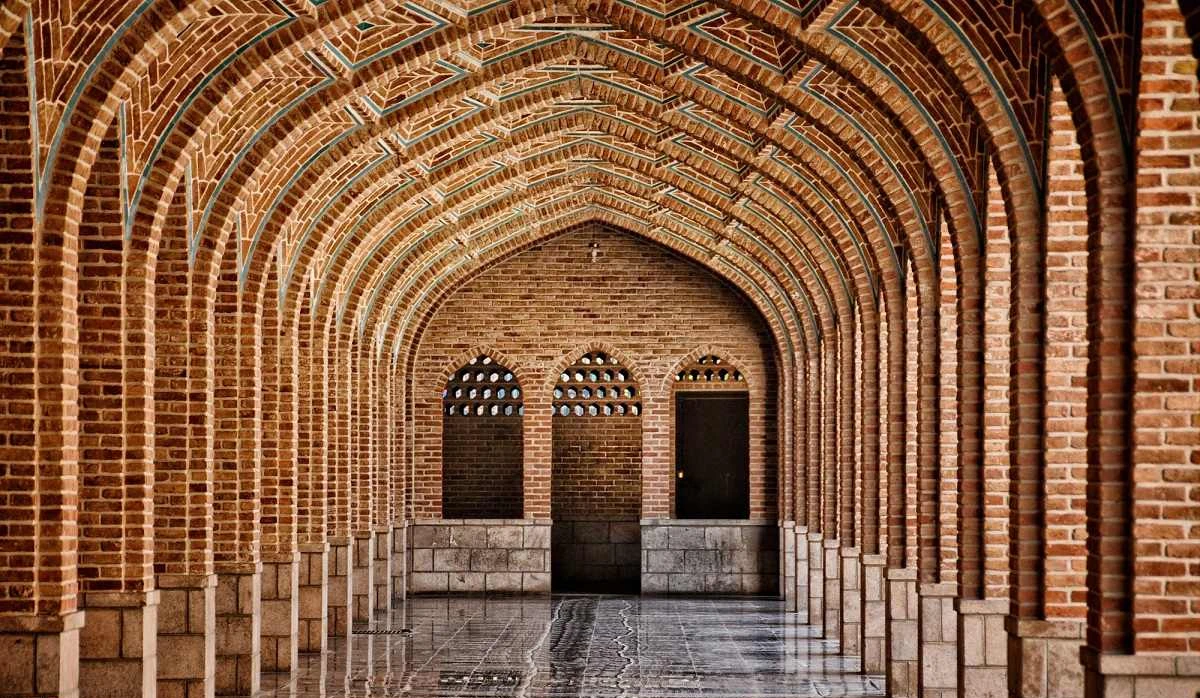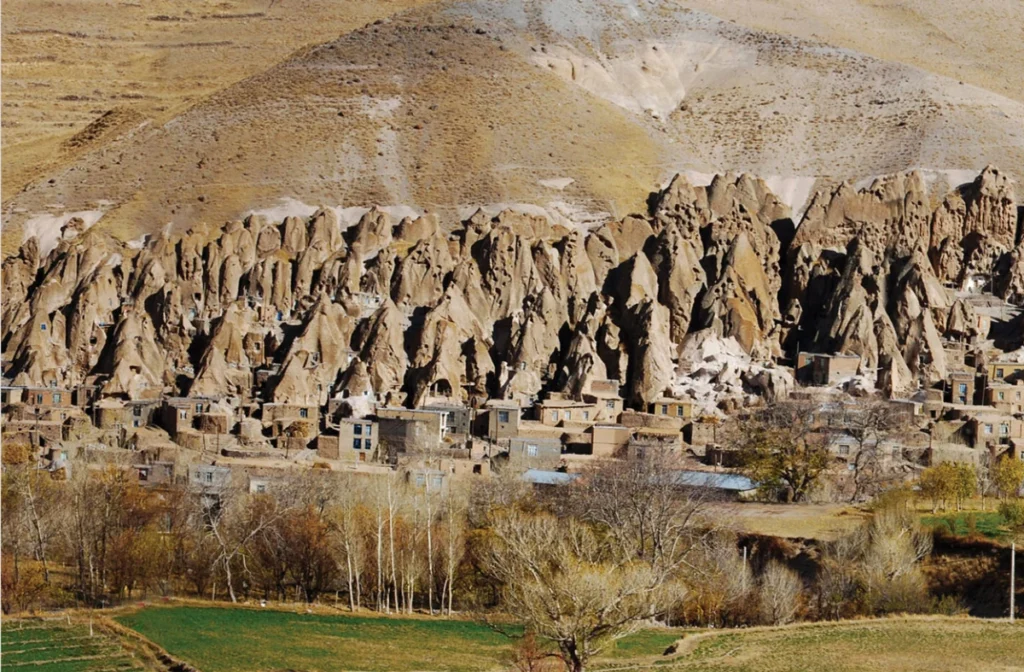The city of Tabriz, located in northwestern Iran, boasts a rich tapestry of history and culture. One of its most iconic and historic landmarks is the Blue Mosque, also known as the “Kaboud Mosque.” In this article, we will take you on a journey to explore the beauty, architecture, and historical significance of the Blue Mosque in Tabriz.
A Masterpiece of Islamic Architecture
The Blue Mosque, or “Masjed-e Kaboud” in Persian, is a stunning example of Islamic architecture that dates back to the 15th century. Its distinctive azure tiles have earned it the name “Blue Mosque.” The mosque’s intricate tilework is a testament to the artistic and architectural achievements of the time.
The mosque’s design is a blend of Timurid, Seljuk, and Iranian architectural styles. It features a central courtyard surrounded by towering arches and a grand entrance portal adorned with calligraphy and geometric patterns. The main dome, along with its minarets, adds to the mosque’s grandeur, making it a visual masterpiece.
Historical Context
The Blue Mosque is not just an architectural marvel but also a significant historical landmark. It was built during the 15th century, specifically in 1465, during the rule of the Qara Qoyunlu dynasty. Tabriz, the capital of this Turkic-Mongol dynasty, was a thriving center of commerce and culture along the Silk Road. It was during this prosperous era that the Blue Mosque was constructed.
The mosque’s construction was commissioned by Jahan Shah, the ruler of the Qara Qoyunlu dynasty. Jahan Shah was a patron of art and culture, and his vision for this mosque was to create a structure that would rival the architectural wonders of the time. The mosque quickly became a symbol of Tabriz’s grandeur and cultural richness.
Architectural Marvel
The Blue Mosque is renowned for its stunning architectural features, making it a standout example of Islamic architecture. The most striking aspect of the mosque is its intricate blue tilework, which adorns the exterior and interior walls. These tiles, with their rich shades of blue and intricate geometric patterns, give the mosque its name.
Exterior
The mosque’s exterior is a sight to behold. The blue tiles, in various shades and designs, cover the facade, creating a mesmerizing visual spectacle. These tiles are complemented by intricate calligraphy, which adorns the entrances and walls. The combination of blue tiles and calligraphy adds to the mosque’s aesthetic appeal and serves a religious purpose by displaying verses from the Quran.
One of the most iconic features of the Blue Mosque is its tall minarets, which rise majestically into the sky. These minarets, covered in blue tiles and adorned with geometric patterns, are a testament to the Blue Mosque in Tabriz: A Marvel of Islamic Architecture
History and Origins
The construction of the Blue Mosque dates back to the 15th century during the reign of Jahan Shah, the ruler of the Kara Koyunlu dynasty. It was designed by architect Ali Jan of Tabriz, who left an indelible mark on Islamic architecture with this remarkable creation. The mosque served as a symbol of Jahan Shah’s authority and his dedication to promoting art and culture in his realm.
Domes and Minarets
One of the defining characteristics of the Blue Mosque is its collection of elegant domes and minarets. The central dome is the largest, soaring high above the courtyard, and is adorned with exquisite tile work. Smaller domes and four minarets surround it, each beautifully decorated with geometric patterns and calligraphy.
Courtyard and Iwan
The mosque features a spacious courtyard enclosed by a rectangular arcade, which provides shade and shelter to visitors. The courtyard’s center is adorned with a large pool, adding to the mosque’s tranquil ambiance. The southern side of the courtyard features an impressive iwan, a vaulted hall with a pointed arch, which is a prominent feature in Islamic architecture. The iwan at the Blue Mosque is adorned with intricate tile work and calligraphy, creating a grand entrance to the main prayer hall.
Prayer Hall
The prayer hall of the Blue Mosque is a sight to behold. Its walls are covered in blue and turquoise tiles, and the mihrab (prayer niche) is particularly ornate, featuring detailed calligraphy and floral patterns. The overall design of the prayer hall reflects the ingenuity of the architect in creating a space that inspires devotion and awe.
Restoration and Preservation
Throughout its long history, the Blue Mosque has undergone several restorations and renovations to preserve its beauty and structural integrity. These efforts have been essential in ensuring that this architectural gem continues to captivate visitors from around the world.
Cultural Significance
The Blue Mosque is not only a remarkable architectural achievement but also holds immense cultural and historical significance. It stands as a testament to the flourishing art and culture during the Kara Koyunlu dynasty and serves as a reminder of the region’s rich heritage.
Religious Importance
As a functioning mosque, the Blue Mosque continues to play a vital role in the religious life of Tabriz. It serves as a place of worship for the local Muslim community and attracts visitors who come to experience its spiritual ambiance.
Take part in our guided tours to Blue Mosque, providing you a nice visit with a deeper understanding of the mosque’s history and architecture.
Visit the Blue Mosque in Tabriz
In conclusion, the Blue Mosque in Tabriz is a true marvel of Islamic architecture and a testament to the rich cultural heritage of Iran. Its stunning tile work, intricate design, and historical significance make it a must-visit destination for anyone interested in art, history, and culture. This magnificent monument continues to inspire awe and reverence in all who have the privilege of experiencing its beauty.
Let us know your ideas and comments about this mosque in the comment box below, we will be happy to hear from you!























